The third week of March marks National Pet Poison Prevention Week. As such, there’s no better time to educate yourself on common pet poisons and how to avoid them.
Your fur baby is part of the family, so the last thing you want is for them to be poisoned. However, you might be surprised to learn that your home is full of things that are toxic to pets. From plants and household products to the foods that you eat, here’s the lowdown on pet poison prevention.
Image source Andreu Mir on Unsplash
Pet poison: Indoor culprits
From indoor plants, foods and medicines, it’s likely there are numerous pet poisons lying around your home. Here are some of the most common things known to be toxic for our fur pals.
Foods
Certainly dogs can be greedy things; they’ll eat practically anything you put in front of them, whether they’re hungry or not. This is why it’s important to know what they should and shouldn’t eat – particularly if you tend to throw your dog kitchen scraps or leftovers.
Here’s a list of common human foods that are poisonous for pets.
Chocolate – contains theobromine, which is toxic for dogs.
Macadamia nuts – have the potential to cause vomiting, fever, weakness and muscle tremors in dogs.
Xylitol (sweetener) — can cause low blood sugar (hypoglycemia) and liver failure.
Grapes and raisins — according to the American Kennel Club, it is not really known why grapes and raisins are highly toxic to dogs. Nonetheless, ignore those big puppy eyes and avoid feeding either to your dog.
Nutmeg — large overdoses of the compound Myristicin, found in nutmeg, can lead to hypoglycemia, changes in heart rate and liver disease.
Salt – can cause dehydration and diarrhoea.
Onions — certain compounds found in onions can cause a condition that damages the red blood cells in the body. It doesn’t matter whether the onion is cooked or raw, it’s a pet poison either way!
Garlic — garlic comes from the same family as onion (it’s a member of the Allium family), so it too can cause your pet’s red blood cells to burst.
Image source: Amber Renae on Unsplash
Plants
Unfortunately, there’s an array of indoor plants that are toxic to cats and dogs. While you may think it’s unlikely that Fido or Simba will eat your household greenery, it doesn’t hurt to know which ones are potential pet poisons.
Lilies – they might look lovely, but having to deal with a pet’s vomiting and pain isn’t quite so attractive. What’s more, lilies are particularly dangerous for cats and can be fatal!
Aloe Vera – it’s awesome for your sunburn but not so good for the health and wellbeing of your fur baby.
Devil’s ivy – causes mouth and stomach irritation, swelling of the mouth, tongue and lips.
Elephant Ear (Caladium) – apparently, it is the insoluble calcium oxalate crystals found in Elephant Ear that makes it poisonous for pets. It can cause increased salivation, oral irritation, vomiting and difficulty swallowing.
ZZ Plant (Zamioculcas zamiifolia) – it might be popular when it comes to interior design but it’s also popular in regards to pet poison. Just like the Elephant Ear, it produces calcium oxalates, which cause internal and external irritation such as skin and eye irritation, stomach pain and vomiting.
Mother-in-law’s tongue – this scary sounding plant can cause gastrointestinal symptoms such as vomiting, drooling and diarrhoea.
TIP: Want to know more about plants that are poisonous to pets? Take a look at the comprehensive list provided by the American Society for the Prevention of Cruelty to Animals (ASPCA).
Other household pet poisons
It’s not just food and plants you need to be aware of when it comes to common pet poisons. Here are a few other toxic items to have on your radar.
Ibuprofen — many common medicines are poisonous for pets, but Ibuprofen is the most common medicine accidentally ingested by pets. It can cause stomach ulcers or kidney failure.
Anti-freeze — you might have this lying around your garage and if you do, you need to move it to a safe place. It is the ethylene glycol in Anti-freeze that is a pet poison. Even the smallest amount can have a fatal effect, so be sure to store it up high.
Essential oils — contain highly reactive compounds, which makes them very useful. However, they can disrupt your pet’s natural body chemistry and this isn’t good! Some of the essential oils known to be harmful to cats and dogs include cinnamon, tea tree, peppermint, ylang-ylang, pine and citrus.
Image source: Sheri Hooley on Unsplash
Pet poison: garden dangers
When it comes to pet poison prevention, it pays to know what toxic plants and pesticides are in your garden. Here are a few dangers to be aware of.
Rhubarb leaves – while it makes for a delicious crumble, rhubarb leaves are highly toxic.
Tomato leaves — according to Pet Poison Helpline (USA), the ripened fruit is not thought to be toxic, it is the leaves and green parts that are considered poisonous. Thankfully, a large amount needs to be ingested by our pets to result in poisoning.
Tulip bulbs — often mistaken for a ball, cats and dogs can be poisoned as a result of chewing tulip bulbs.
Blue-green algae — can be found on ponds and stagnant water. Blue-green algae is highly toxic and can cause liver failure and even death in cats and dogs.
Fertilisers – they may smell ‘interesting’(particularly those that contain bone meal and blood meal), but can be dangerous for cats and dogs. Packed with numerous compounds and additives, if ingested it can cause gastrointestinal upset.
Baits — whether we’re talking rodent baits, slug or snail baits, these are a common cause of pet poisoning. To keep your furry friend safe you may have to look into other methods of catching or warding off unwanted garden crashers!
Pet poison prevention is all about pet-proofing your home – not only inside, but outdoors too. Of course, even with the best intentions, it can be tricky to keep your pet away from poisons. By knowing the common culprits, you can at least keep a close watch on your pet or, if possible, store the item out of reach.

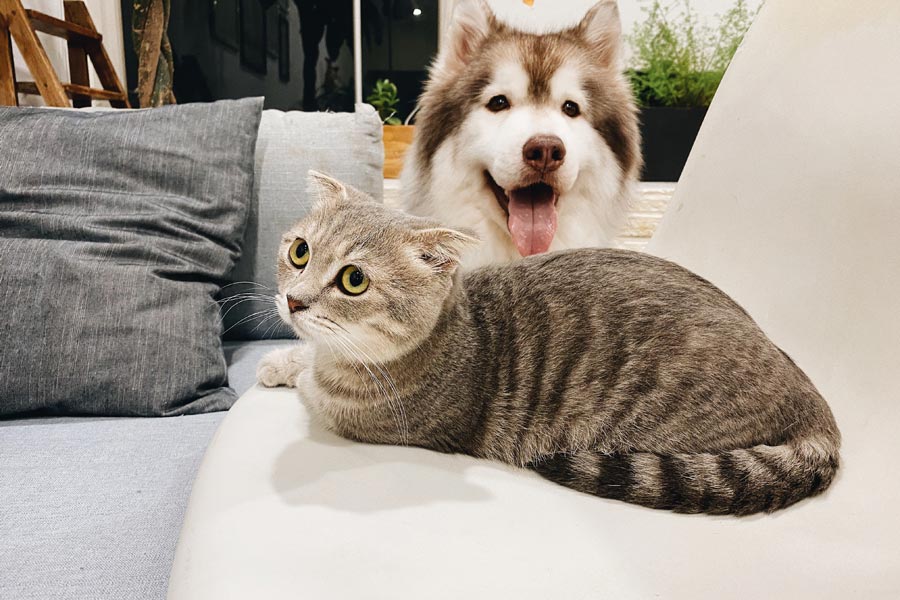
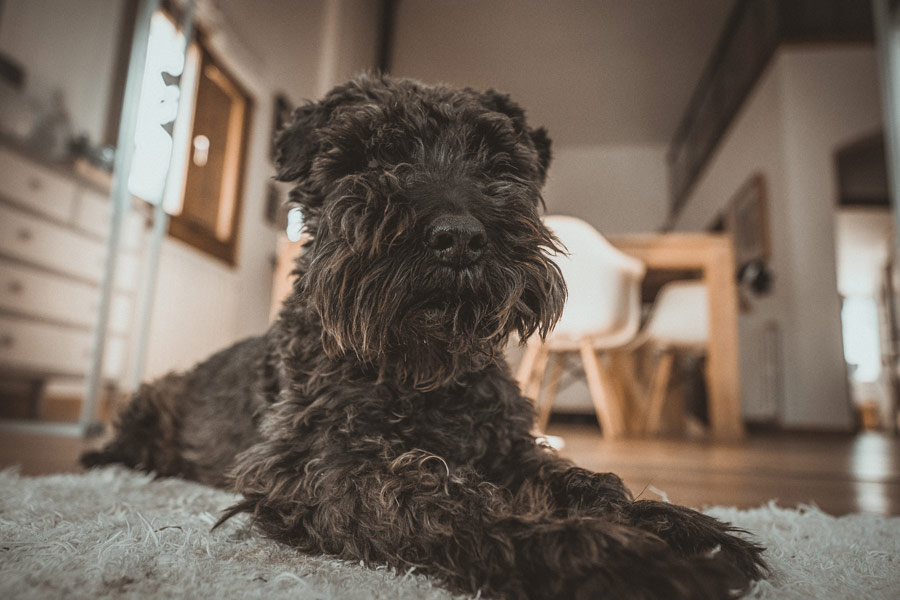
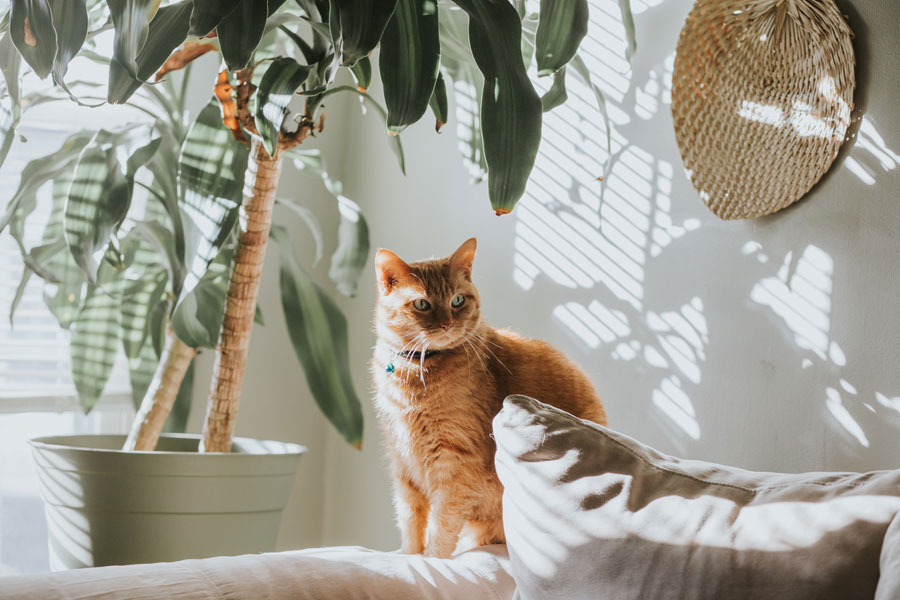
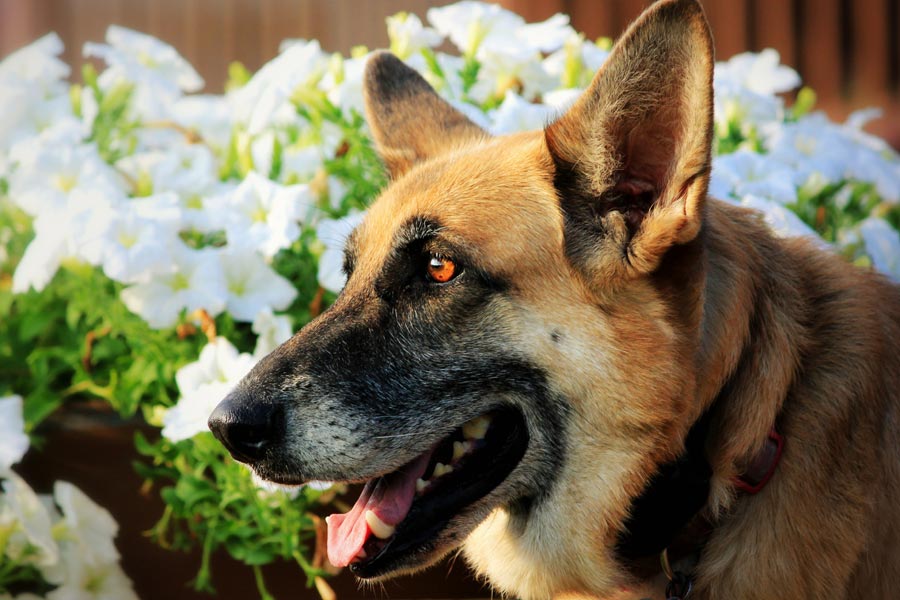



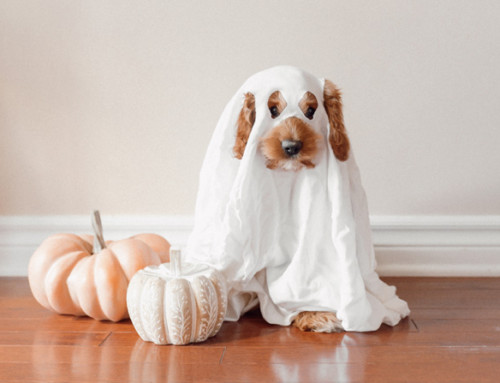
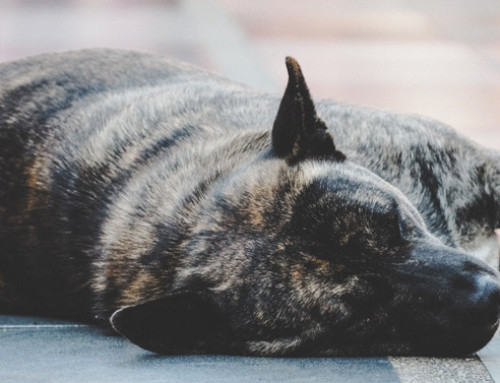
Leave A Comment